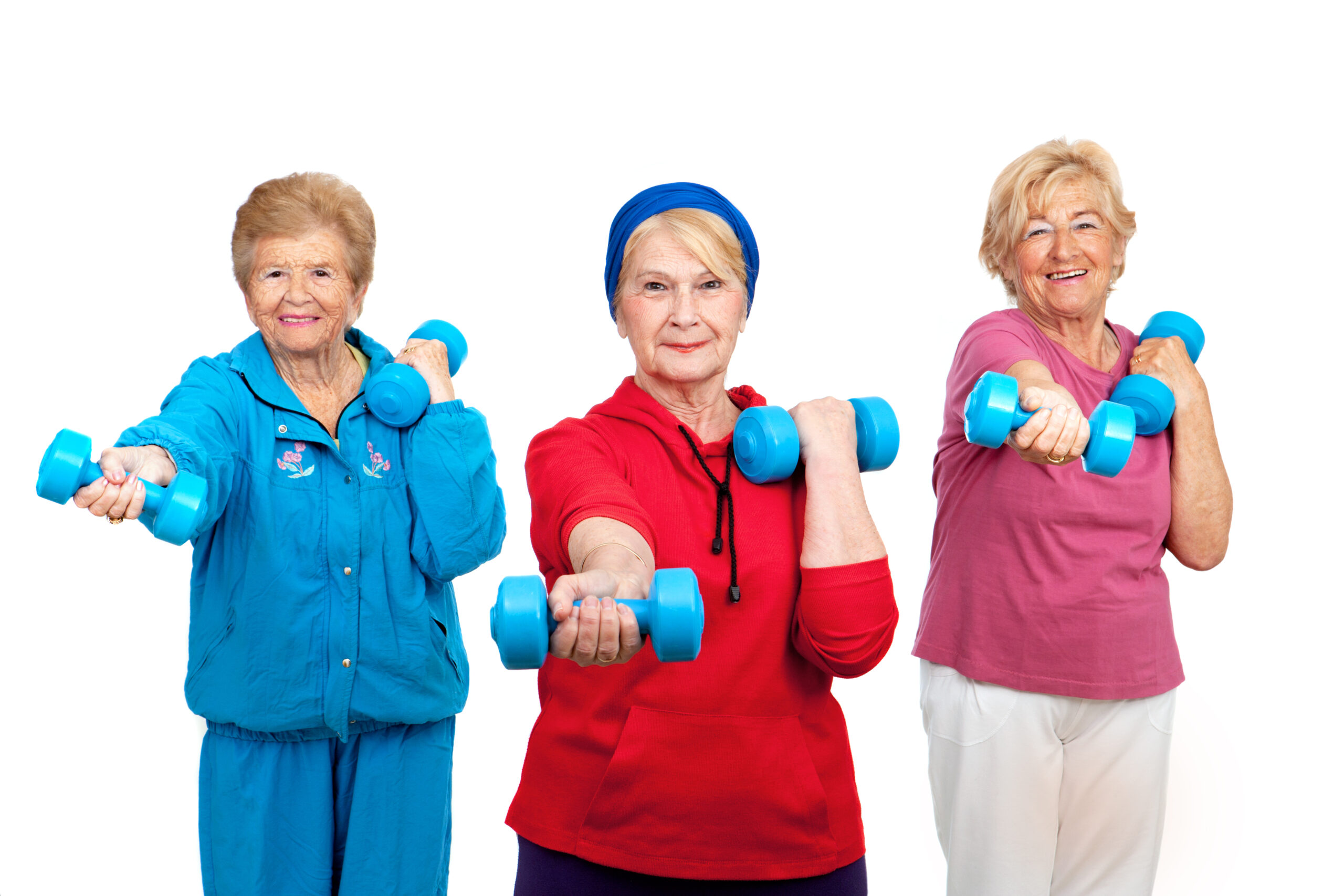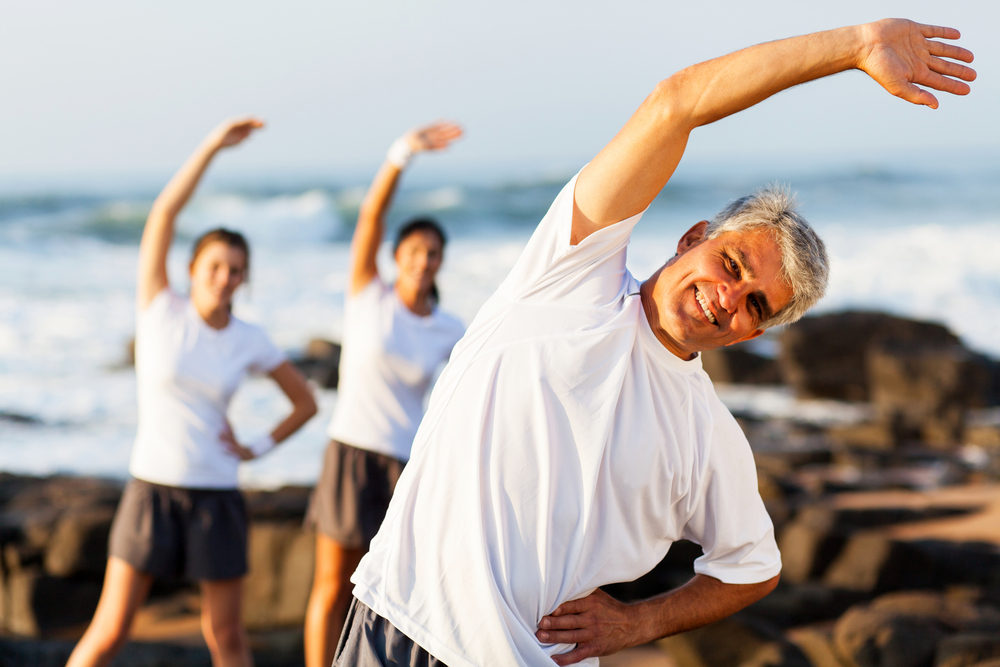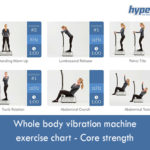
According to the Australian Institute of Health and Welfare, 54% of all fractures that result in hospitalization are caused by falls, and 19% are the result of transport accidents. The most common types of fractures in Aussies are:
Although males account for 56% of all fracture-related hospitalization episodes, in people aged 65+ years the number of hospitalized women is almost 4 times higher than the number of fracture-related episodes in hospital for males. The opposite is true for people aged 5-59 years, where the male to female ratio is 4.91:1.
Accidental falls dominate the picture, although the causes of these falls vary with the age group. In children and teens, the most common cause of falls is playground equipment, skates, and skis, while in people aged 20 to 50 years the number 1 cause of fractures is contact with other people.
In the age group 50-65 years the leading cause of fall fractures is climbing on ladders. In people aged 65+ years, most of the fractures are caused by falling from bed, falling on stairs or falling from ladders.
Hips and lower limbs remain the most injured parts of the body, followed by shoulders and upper limbs, regardless of the age group or gender. According to ANZHFR (Australian & New Zealand Hip Fracture Registry), there are 17,000 new hip fractures in Australia and 4,000 new hip fractures in New Zealand each year.
91% of these fractures occur in older age groups, females being 2.6 times more likely to break the hip bones than males. The most common location for hip fractures is the neck of femur, and in most cases, the fracture occurs due to slipping or tripping.
Of all the hip fractures in people age 40 and older, reported between 2007 and 2008, 21,360 cases were caused by osteoporotic bones. This number represents 40.5% of all osteoporotic fractures, the second and thirst most common fracture locations being the pelvic area, wrist and forearm.
Although some of the risk factors for the development of osteoporosis and occurrence of osteoporotic hip fractures can’t be influenced, as they refer mainly to age, gender and genetic dispositions to poor skeletal health, there are a series of risk factors that can be controlled. These include cigarette smoking, excessive alcohol consumption, the lack of physical activity, vitamin D deficiency and poor calcium intake, the long-term use of corticosteroids and a low body weight.
To increase the calcium intake, one should eat products like milk, yogurt and cheese, kale, spinach, white beans, collards, salmon, sardines, fortified oatmeal and breakfast cereals. Foods rich in vitamin D include tuna, salmon and other fatty fish, cheese, beef liver, fortified orange juice and cereals as well as egg yolks.
The daily recommended dose of vitamin D is 600 IU for people aged 1-70 years and 800 IU for people aged 71 and older. Daily recommendations for calcium intake are as follows:
As for exercise, the most effective forms of physical activity for preventing osteoporosis or reducing the risk of fractures caused by this condition are weight-bearing, resistance and flexibility exercises. Weight-bearing refers to any activity that places stress on the legs and makes your lower body support most of the body weight. Walking, dancing, stair climbing, running and hiking are some examples.

Exercises like swimming or cycling on stationary or regular bikes are not the most effective when it comes to preventing osteoporosis-related fractures, as these don’t do much in terms of muscle and bones strength, despite being beneficial for the heart and respiratory system. They’re good for toning the muscles and improving the overall health, but for building stronger muscles and bones, more demanding exercises are needed.
Ideally, one should exercise 3-5 times per week for 30-60 minutes, at a moderate to high intensity, depending on their fitness level and age. Body weight exercises as well as free weight exercises, resistance bands and water exercises that increase the resistance against bones and muscles are also very effective, in this case the best solution being to increase the resistance gradually so as to force the muscles to work harder and get stronger.
Resistance training should be done 3-4 times per week, depending on one’s age and health state, and should target all major muscle groups – arms, shoulders and chest, back, abs, legs and glutes. As for flexibility exercises, these can be performed daily and include activities like stretching, yoga, Pilates or other similar forms of physical activity.
Join our Facebook community and share your thoughts with us!

Updated on: 08.09.2021 The lymphatic system is involved not only...

Stress can make you gain weight – we’ve heard this...

Various theories exist to answer this question. As you will...

Both rebounding and jumping on a trampoline are excellent ways...

Our series of whole body vibration machine exercise articles continues...